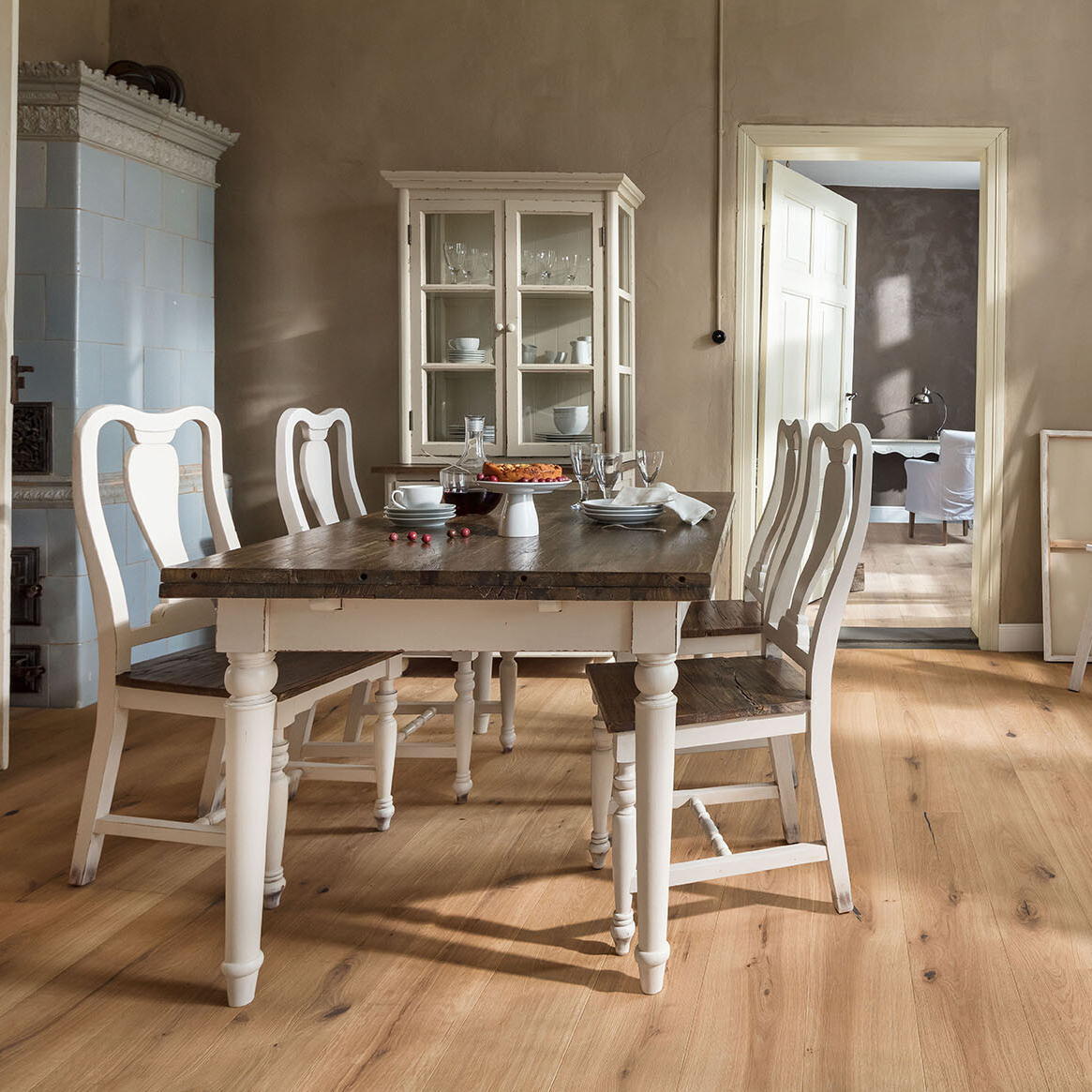Introduction
The ceiling is often considered the fifth wall of a room, yet it is often neglected in the design process. Architectural ceiling design is the practice of using creative and functional elements to enhance a space through its ceiling. From commercial buildings to residential homes, an aesthetically pleasing ceiling design can transform a room into a visual masterpiece.
History of Architectural Ceiling Design
Architectural ceiling design has been around for centuries, ranging from simple traditional styles to complex and ornate designs. In ancient Roman times, coffered ceilings were used to add depth and dimension to a room. During the Renaissance period, frescoes and elaborate plasterwork became popular for grand ceilings in palaces and churches. In the 20th century, modern architecture embraced simplicity and incorporated flat ceilings with clean lines.
Elements of Architectural Ceiling Design
There are various elements that can be used to create a successful architectural ceiling design. Here are some examples:
Lighting
Lighting can be integrated into the ceiling design to enhance the ambiance of a room. Recessed lighting, chandeliers, and pendant lights can all be incorporated to create a unique and functional light fixture.
Shapes and Angles
Ceiling shapes can range from flat to vaulted or domed. Angles can be used to create a sense of movement and drama in the design.
Materials
Materials play a significant role in the design of a ceiling. Wood, metal, plaster, and glass are just a few examples of materials that can be used to create a visually appealing ceiling.
Benefits of Architectural Ceiling Design
Architectural ceiling design has a plethora of benefits beyond aesthetics. Here are some examples:
Improved Acoustics
Ceiling design can affect a room’s acoustics, such as reducing noise levels or improving sound quality for performances or presentations.
Increase Property Value
An aesthetically pleasing ceiling design can increase the value of a property, especially in real estate markets where buyers are looking for unique and high-end features.
Enhanced Mood and Well-being
Ceiling design can have an impact on our emotional and mental well-being. A well-designed ceiling can create a sense of calm, increase productivity, and improve overall mood.
Examples of Architectural Ceiling Design
Here are some examples of architectural ceiling designs from around the world:
Lotus Temple, Delhi, India
The Lotus Temple features a unique design with 27 petals made of marble. Light filters through the petals, creating a serene ambiance for meditation and prayer.
Fallingwater, Pennsylvania, USA
Frank Lloyd Wright designed Fallingwater with a cantilevered design that appears to float above a waterfall. The design incorporates stone, concrete, and glass to create a harmonious blend of nature and modern architecture.



